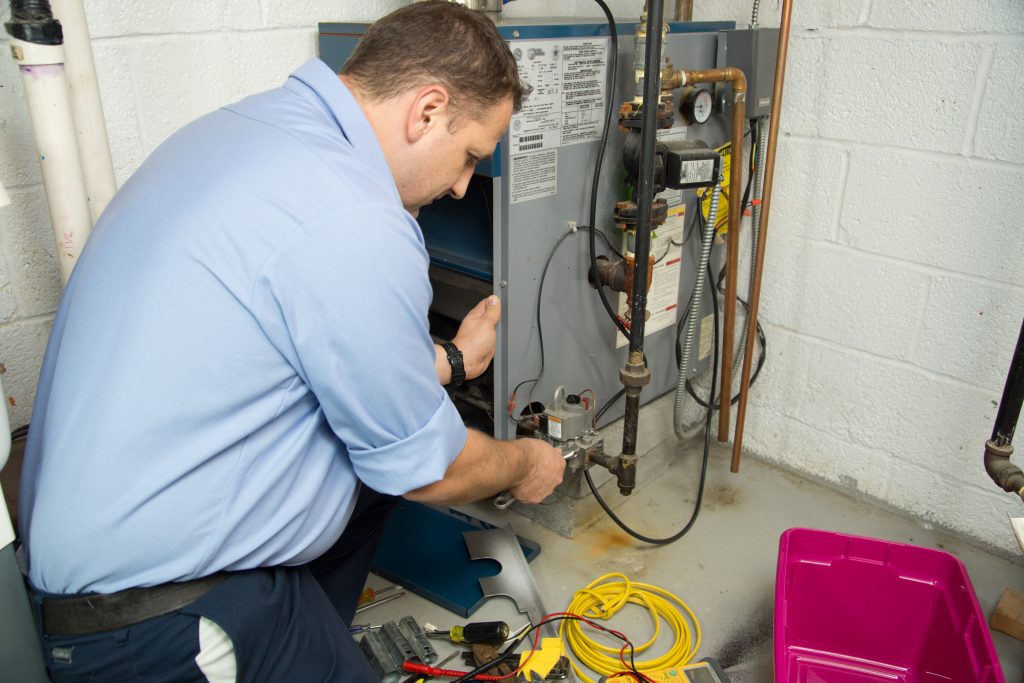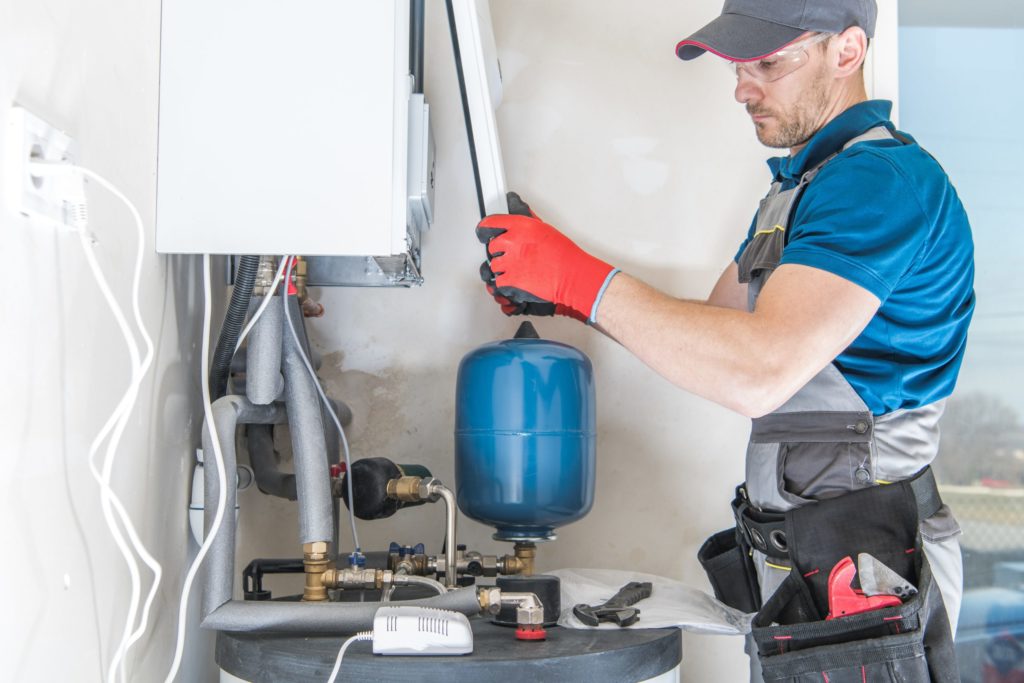A gas furnace is a common heating system in many households. It is a system that uses gas to create heat. The gas is burned in a furnace, and the heat is transferred to the air being drawn in by the furnace. This heated air is then circulated through your home by the use of ducts. A gas furnace is a good choice for a home heating system because it is relatively efficient and it can heat your home quickly. It is also a relatively affordable option. However, there are a few things to consider when choosing a gas furnace.
A gas furnace works through the use of a heat exchanger that transfers heat from combustion to air. The heat exchanger is a crucial part of your furnace, and it needs to be in good condition in order to work properly. Unfortunately, normal use can create small stress cracks in the heat exchanger over time. A crack in your heat exchanger can cause the furnace to work less efficiently and lead to many safety hazards. If your furnace has a cracked heat exchanger, it is important that you get it taken care of as soon as possible. Let’s take a look at some things you should do if you discover a crack in your heat exchanger.
What does it mean to have a cracked heat exchanger?

If you have a cracked heat exchanger, it means that one or more of the metal plates that make up the exchanger are broken. The metal frequently expands and contracts because the exchanger is constantly heated and cooled. Over time, this can lead to stress cracks in the metal. Aside from this, you may experience cracks in your heat exchanger if the unit is too powerful for the home or if there is a refrigerant leak that causes it to freeze up. These cracks can cause various problems, including decreased efficiency, decreased comfort, and safety and fire hazards.
As combustion gases enter the exchanger, small cracks could allow them to escape and mix with your home’s air supply. By-products of combustion include toxic carbon monoxide. Carbon monoxide has no smell, taste, or color, and exposure could result in serious health consequences or even death.
What steps should you take if you have a cracked heat exchanger?

If you suspect that you have an issue with your heat exchanger, it is important that you get it inspected as soon as possible. Since operating your unit with a cracked exchanger can have serious consequences, it’s recommended that you try to discontinue the use of the furnace until the issue is resolved. Depending on the conditions outside, this might require finding alternate heating sources or even temporarily relocating until the problem is fixed.
If you have any concerns about the condition of your heat exchanger, it is important to contact a qualified furnace technician right away. The technician will inspect your unit and diagnose any problems with the heat exchanger. If a crack is discovered, a qualified technician can offer solutions to help get the issue resolved as quickly as possible.
In most cases, the best way to fix a cracked exchanger is to replace it. Any other options would just serve as a band-aid to the problem and would require repairs again. Heat exchangers can usually be replaced without needing to do any other work to the furnace. However, heat exchanger replacement can be expensive when you factor in the complexity of the job and the parts and labor required. In some cases, you might be better off replacing the entire furnace. Your HVAC technician can help weigh the benefits and costs of repairs or furnace replacement.
Cracked heat exchangers and carbon monoxide leaks are responsible for hundreds of fatalities in the U.S. each year. To keep your home and family safe, you need to have your furnace inspected and serviced annually. Additionally, you need to be keenly aware of any signs of a cracked heat exchanger and have it checked out as soon as possible.





